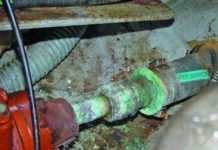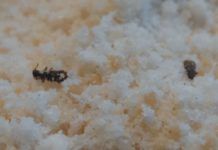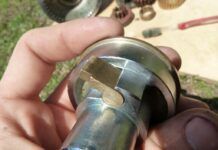Lessons from a Harbor Master
I’ve been a member of my yacht club going on over 35 years now and spent 16 of those years as Harbor Master. Now,...
Krypton Antifouling Paint: Two-Year Follow Up
After two years of panel and on-boat testing on the mid-Chesapeake Bay, we settled on Total Boat Krypton, one of the top performing copper-free...
Repurposing Chain
When a rope is no longer fit for purpose, for example a halyard with a chafed spot, we either keep it for future might-needs...
Additives Fight Urine Odor
Some will claim urine is sterile and doesn’t smell. Horse hockey. No matter how careful you are, urine is loaded with nitrogen (urea) and...
DIY Bulkhead Replacement
Many of the fiberglass sailboats constructed during the 1970s and 1980s are still in existence, though often in varying states of disrepair. These vessels...
How To Maintain A Small Boat’s Electrical System
Well intentioned friends and relatives often make comments along the lines of, “Aren’t you scared of being out on the ocean, all alone, in...
Stickier Sail Tape with 3M Primer
Self-adhesive hardware-store hooks don’t stick well to bare fiberglass. Just last week we had one wash into the bilge-pump strainer on our test boat....
3D Printing for Boat Projects: A Beginner’s Guide
In the old Star Trek TV series Captain Kirk would press a button on a machine called a replicator and request banana cream pie,...
Summer Cradle Care
With most of our boats now in the drink and our sailing season in full swing, our minds do not often turn to fall...
Simple Tips on Servicing Your Sailboat Winches
This week we're moving onto hardware, winches in particular. If you haven't serviced your winches in a couple years, or you notice squeaks, groans or slips as you grind, it is high time to tackle this project. We like to inspect our jib-sheet winches every year, but we sail our boats hard and they are exposed to some pretty harsh freeze and thaw cycles. Fortunately, winch servicing is a pretty easy, and for the wanna-be watchmaker who marvels at moving parts, it's fun—until you start dropping parts overboard. Thus, our first bit of advice: make sure you have the right winch servicing kit, including pawls and springs, before you start pulling your winches apart.




















































